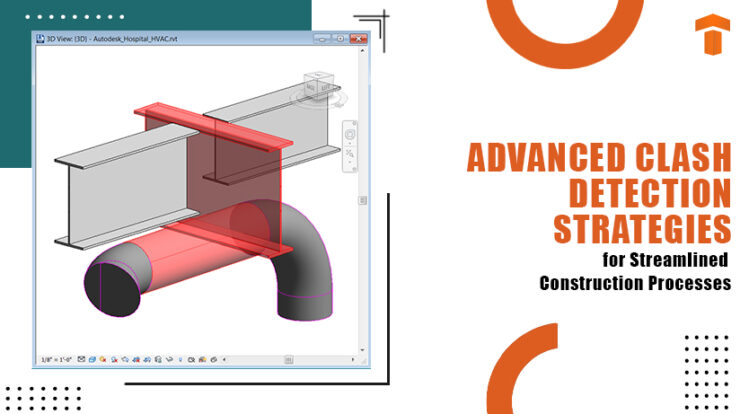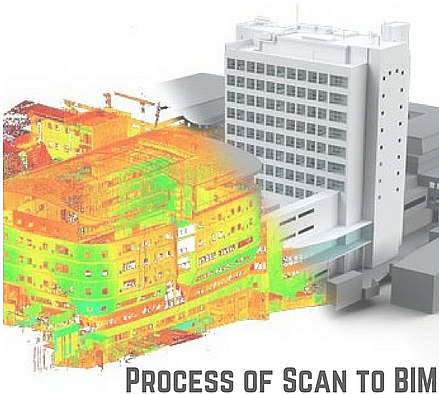
Imagine figuring out a complicated problem, only to have some of the parts fall out. Clashes in construction are exactly that!
Different building components cause delays and rework when they interfere with installation or clash when they are in the same place.
But what if we could plan our building procedures so that these conflicts never occur?
This gives rise to advanced clash detection strategies.
According to a survey conducted in 2023 in India, it was revealed that 39% of construction industry respondents foresee normal market challenges, while 51% anticipate difficult but manageable challenges in the next 12 months.
These figures highlight the significance of advanced clash detection strategies, which is what the article will address.
Types of Clash Detection
In building projects, conflicts usually fall into one of three categories:
Hard Clashes:
These clashes come up when components share space due to modeling errors or coordination lapses between disciplines like architecture and MEP. An example includes a water pipe that is designed to go directly through a concrete wall (modeling error).
Soft Clashes:
These clashes occur when a component intrudes into a defined buffer zone of another component. The conduit that is too close to the gas line, creating a safety hazard, falls within this clash.
4D/Time Clashes:
These occur when the construction timeline is not properly coordinated, leading to scheduling conflicts. For example, two subcontractor crews are booked for the same work area on the same day, creating a schedule conflict.
Advanced Clash Detection Strategies
Here are some advanced clash detection strategies in construction:
Building Information Modeling (BIM) Clash Detection:
BIM clash detection is a process that identifies and addresses conflicts among at least two 3D construction models in a virtual environment. A research paper, “Cost-benefit analysis of BIM-enabled design clash detection & resolution” by (Chahrour et al., 2020), quantified the benefits of BIM clash detection in substantial infrastructure projects that led to estimated savings, which were 20% of the contract value.
Here’s a breakdown of the process:
- Model Integration: BIM software like Revit (Autodesk) or ArchiCAD (Graphisoft) creates individual models for each discipline. These models are then combined into a single federated model using software like Navisworks (Autodesk) or Solibri Office (Nemetschek Group).
- Clash Detection Settings: Once integrated, the software allows users to define clash criteria.
- Running the Clash Detection: It identifies clashes and generates a report detailing the location, type, and severity of each clash.
Automatic Clash Detection:
Automatic clash detection is the use of artificial intelligence (AI) and machine learning (ML) within BIM software to streamline the process of identifying and prioritizing conflicts between building components in 3D models. Examples of software include Autodesk BIM 360 Glue, Synchro OpenBIM, and Thinkproject Tandem.
Here is how it works-
- Machine Learning: The software is trained on vast datasets of labeled clashes.
- Unsupervised Learning: Identifies patterns in clash data without predefined labels.
- Deep Learning: Advanced algorithms analyze complex geometric relationships within the model.
Conclusion
Mastering advanced clash detection strategies requires minimizing delays and maximizing efficiency. By embracing developing technology and methodologies, construction professionals can elevate their expertise and ensure project success.
Join us at Technostruct Academy, where industry-leading courses empower you to stay ahead in this dynamic field.
FAQs
How does BIM transform clash detection?
BIM digitally models the construction project in 3D, allowing for the identification and resolution of clashes.
What is the difference between clash detection and clash avoidance?
While clash detection identifies clashes after they occur, clash avoidance emphasizes proactive measures to prevent clashes from happening.
Which software is best for clash detection?
One of the most widely used and highly regarded software for clash detection is Autodesk Navisworks.



